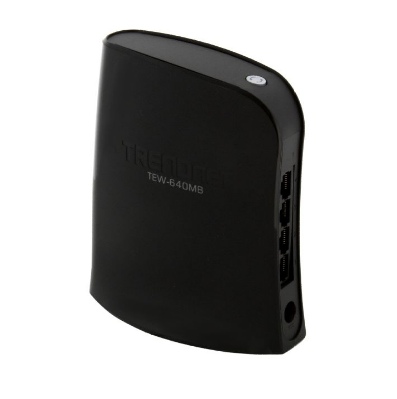http://tuxgraphics.org/electronics
AVR WiFi![[Illustration]](../../common/images2/article10062/avr-wifi.gif)
Abstract:
The tuxgraphics ethernet board can be very useful
all over the house to take measurements or control
devices. Ethernet network cables are however sometimes
difficult to add. The solution is wireless: WiFi also
known as 102.11a, 102.11g, 102.11n.
|



2011-06-21, generated by tuxgrparser version 2.57